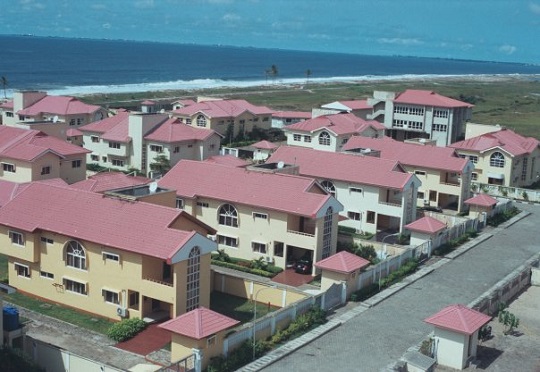New approaches are emerging to adjust to the consumers’ demands and also to adapt to the prevailing macroeconomic environment. Investors who are flexible to these changes stand a better chance.
In Kenya, over the last decade, some provisions such as internet connectivity, DSTV connection services, backup generator installations, and biometric controls have been cutting edge, especially in attracting potential tenants to a specific property.
Here are some of the trends and changes in the real estate sector;
More landlords have revised their tenancy agreements and are now requesting for rent payment in US dollar, in a bid to cushion themselves against the depreciating Kenyan Shilling. The Kenya shilling was trading at 123.3 against the US dollar in January, and is now trading at 153.4 presenting a YTD loss of 24.4%; this is alarming to all investors.
Developers are also seeking to cut building costs, and are now turning to low-cost building materials. More mixed-use project developers have adopted affordable materials such as concrete sheets, reclaimed timber, and bamboo which are more cost-effective and
sustainable.
There is a growing increase in use of solar panels. In 2022 World Bank reported that the usage of solar panel electricity had increased by 218.0%. Developers have incorporated the use of solar panels as opposed to electricity supplied by Kenya Power; citing the increasing cost of electricity as well as inconsistency in supply.
There has been an increase in co-working space and flexible offices as start-ups and entrepreneurial ecosystem continue to flourish in Kenya, there is a foreseeable surge in the need for co-working spaces and adaptable office solutions.
Investors who are able to offer these solutions are poised to experience heightened demand and promising returns.
With increased technological advancements, shifting consumer preferences sets the stage for a real estate renaissance in Kenya.
















